From Copenhagen to the Club Scene: How Laid Back’s "White Horse" Shaped Dance Music History (and Some Controversy)
The Twelve Inch 136 : White Horse (Laid Back)
In the fast-moving music industry of the 1980s, the phrase “The world is your oyster” couldn’t have been more fitting. With the right track, even a band from one of Europe's smaller countries could dominate the international charts. A prime example? The Danish duo Laid Back. Their 1983 track “Sunshine Reggae” was making waves across Europe, but it was the B-side, “White Horse,” that would storm the U.S. dance charts and leave an indelible mark on the world of electronic music.
Let’s dive into the unexpected success of “White Horse”, its influence on dance music, and the controversy surrounding its lyrics.
Laid Back’s Easygoing Origins: From Blues to Synths
Laid Back : John Guldberg (left) & Tim Stahl (right)
Formed in Copenhagen in 1979, Laid Back began as an experimental project between two musicians, John Guldberg and Tim Stahl. With backgrounds in rock and blues, Guldberg (guitar) and Stahl (keyboards) initially played with various bands before venturing into electronic music. Their debut album, Laid Back (1981), hinted at their unique sound, blending pop, reggae, and electronic elements. While the album found moderate success in Denmark, it wasn’t until their second album, Keep Smiling (1983), that the band found their international breakthrough.
Their ethos of “laid back” wasn’t just in their name but reflected their creative process. They weren’t chasing commercial success; they were driven by casual experimentation, drawing from funk, reggae, and the emerging electronic music scene. Ironically, it was this nonchalant approach that led to their global hit.
Welcome, I’m Pe Dupre and this is “The Twelve Inch”, a newsletter that tells the history of dance music between 1975 and 1995, one twelve inch at a time.
If you’ve received this newsletter, then you either subscribed or someone forwarded it to you. If you fit into the latter and want to subscribe, please do so. That way you will not miss a single episode.
The Accidental Success of “White Horse”: From B-Side to Dancefloor Staple
“White Horse” wasn’t meant to be a chart-topping hit. In fact, it was originally created as the B-side to their more radio-friendly track, “Sunshine Reggae.”
Built on a minimalistic groove, with a thumping bassline, sparse beats, and metallic synth stabs, “White Horse” broke away from conventional pop music. It was inspired by the emerging electronic sounds of the time, particularly acts like Kraftwerk and Giorgio Moroder, who were pushing boundaries with their machine-driven beats.
While “Sunshine Reggae” dominated European charts, it was “White Horse” that caught the attention of forward-thinking DJs in the U.S. The American underground dance scene was evolving, with the remnants of disco giving birth to electro, synthpop, and proto-house. Sensing the potential, U.S. label Sire Records flipped the single, promoting “White Horse” as the A-side. By 1984, the track had reached No. 1 on the U.S. Billboard Dance chart, becoming a cult favorite in American nightclubs.
Decoding the Lyrics: Anti-Drug Message or Misunderstanding?
One of the most talked-about aspects of “White Horse” is its controversial lyrics. The line, “If you wanna ride, don’t ride the white horse,” is widely interpreted as a reference to heroin use. But in the third chorus, the lyrics shift to “If you wanna ride, ride the white pony,” which many saw as a nod to cocaine. So, was “White Horse” an anti-drug anthem—or was it promoting drug use?
According to the band, the drug references were entirely unintentional. Guldberg explained “We didn’t know they were references to drugs back then. The words sounded good and fit perfectly so we used them without thinking about the meaning” Co-writer Tim Stahl referred to an alternative interpretation of the song when interviewed for the book Flashbacks to Happiness: Eighties Music Revisited, saying, "Another cute anecdote about the song was when we got a letter from a little girl in Jutland in 1983, thanking us for making a song for her white pony!”
The confusion didn’t stop there. Another problematic lyric, “If you wanna be rich, you’ve got to be a bitch,” caused issues with U.S. radio airplay. Although a censored version was released, the lyric controversy hampered the track’s climb on the pop charts, stalling it at No. 26 in the Hot 100.
The Impact of “White Horse” on the Dance Music Scene
The early 1980s was a transitional period for dance music. Disco had fallen out of favor with mainstream audiences, but in the underground clubs of cities like New York and Chicago, the genre was being reimagined. The stripped-down, electronic sound of “White Horse” arrived at the perfect moment, helping to shape what would become house and techno music.
The track’s minimalist production, repetitive structure, and use of electronic instruments made it a reference point for producers in Chicago’s burgeoning house scene. It also demonstrated that European electronic music could resonate with American audiences. Dj’s like Frankie Knuckles were inspired by the track’s fusion of human groove and mechanical precision, which would later define genres like house and techno.
Moreover, the success of “White Horse” solidified the growing cultural exchange between European and American dance music scenes. Europe had embraced electronic production, and tracks like this helped bring that sound back to the U.S., influencing future generations of producers.
White Horse: A Lasting Legacy
Even after its initial release, “White Horse” continued to influence the dance music landscape. It has been heavily sampled over the years, most notably by 2 Live Crew in their 1989 track “Get the Fuck Out of My House” and by Monifah in her 1998 hit “Touch It.”
It had also a direct influence on contemporary tracks. Where do you think that Prince’s got his inspiration for this gem ?
More importantly, “White Horse” stands as a defining track of the early ‘80s, representing a shift in the sound and structure of dance music. Its success helped pave the way for electronic music’s mainstream acceptance, blending the funk of disco with the futuristic edge of synthesizers and drum machines.
Share Your Memories
What are your memories of “White Horse”? Did it define a moment for you in the ’80s, or did you rediscover it later as electronic music took over the world? Share your thoughts in the comments, and don’t forget to check out this week’s Mixcloud mix, where I dive deeper into the sounds of early '80s electronica.
Further reading (or should I say watching)
There are a number of interesting video’s/links :
So You Wanna Hear More ?
I thought you would !
It’s fun to write about music but let’s be honest. Music is made to listen to.
Every week, together with this newsletter, I release a 1 hour beatmix on Mixcloud and Soundcloud. I start with the discussed twelve inch and follow up with 10/15 songs from the same timeframe/genre. The ideal soundtrack for…. Well whatever you like to do when you listen to dance music.
So what’s in this week’s mix ?
This week’s mix takes you on a captivating journey through early 80s electronica, where synths and drum machines infused every (sub)genre of dance music. From funk (Cori Josias, Electric Funk) to pop (Madonna, Laid Back) and New Wave (Yello, Gary Numan, Nyam Nyam), the electronic sound defined the era.
Of course, Eurodisco also makes a strong appearance, with a generous serving of Italo. I’ve lined up some club classics, including “Passion” by The Flirts, “Mr. Game” by Klapto, and the brilliant “Dirty Talk” by Klein & MBO.
Enjoy !
Next week, I'll be exploring a track that helped shape early house music, performed by a singer who intriguingly chose to keep her last name hidden—or at least it appeared that way. This story also touches on how major labels, after the disco era, once again created dedicated dance imprints, only to shut them down, again…, a few years later.


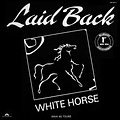


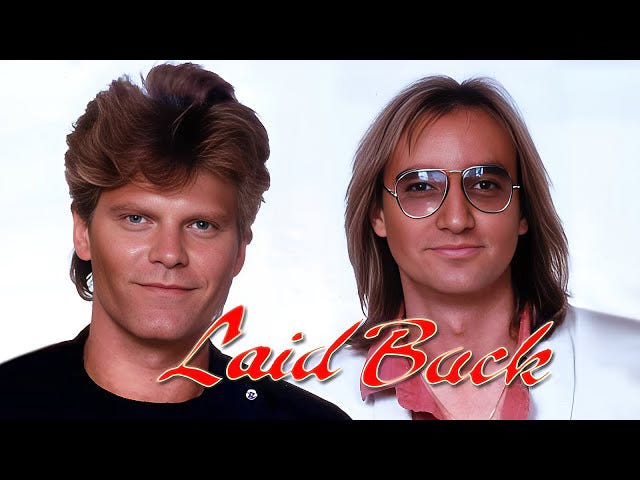
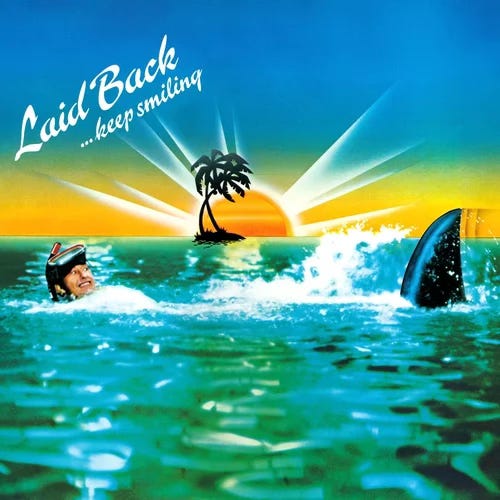
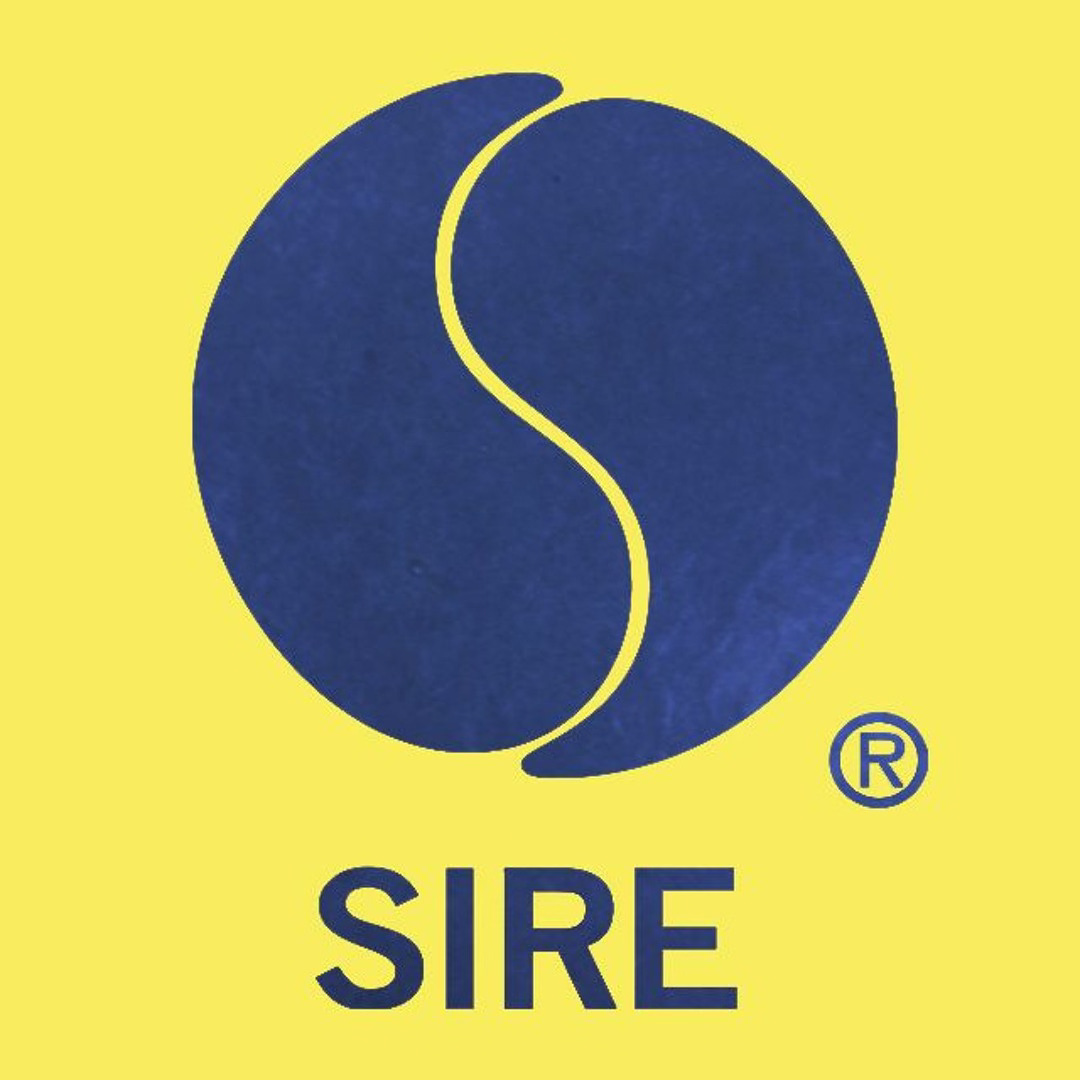
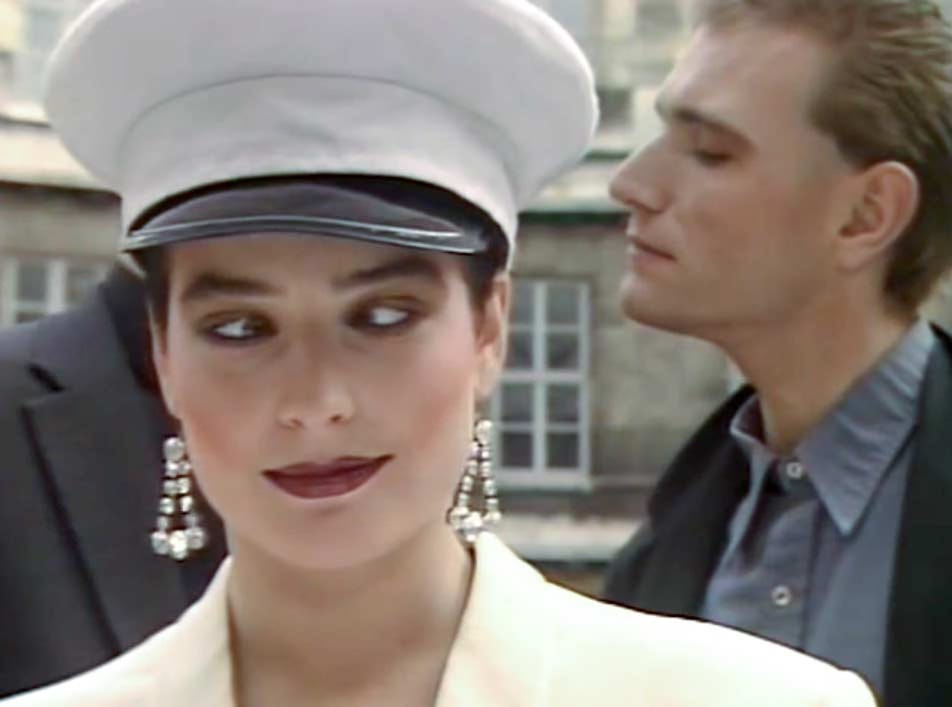
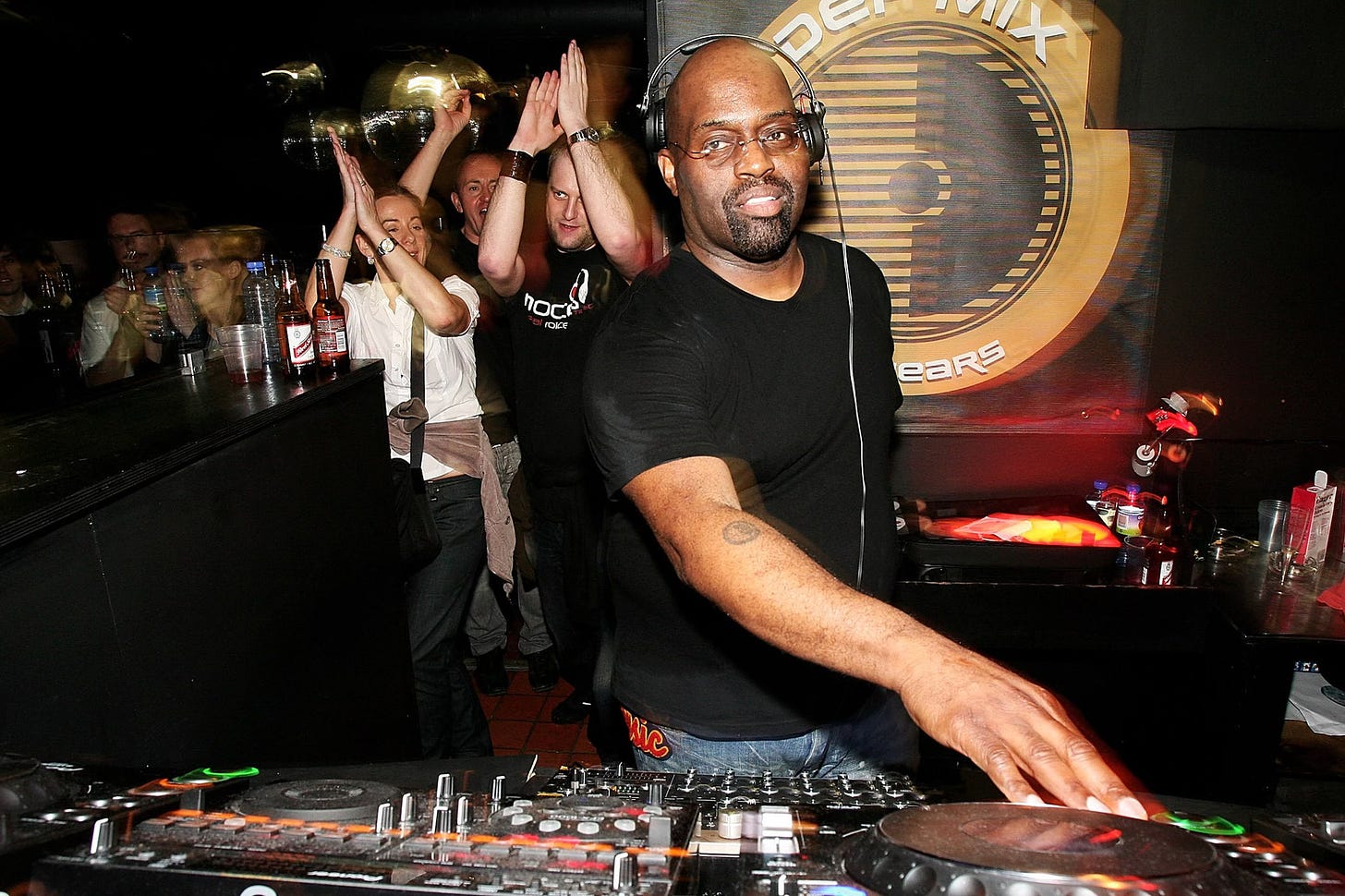
Oh. My. God!! I don’t remember the last time I heard this song!! But I do remember the first time I heard it. On the last day of school in 1983 (I was 12), we had a grub day at school where we were allowed to wear play clothes instead of our usual school uniforms. We were also given the latitude to bring music to school and one of the older kids brought his boombox with him. Of all the tracks he played over the course of recess and lunch this was the one that’s always stuck with me. I also didn’t realize that the same artist had released Sunshine Reggae, another track I haven’t heard in decades. Thanks for the walk down memory lane!!
I didn't know this song, so thanks for uncovering it for me! Very interesting to read about its history, impact and legacy!